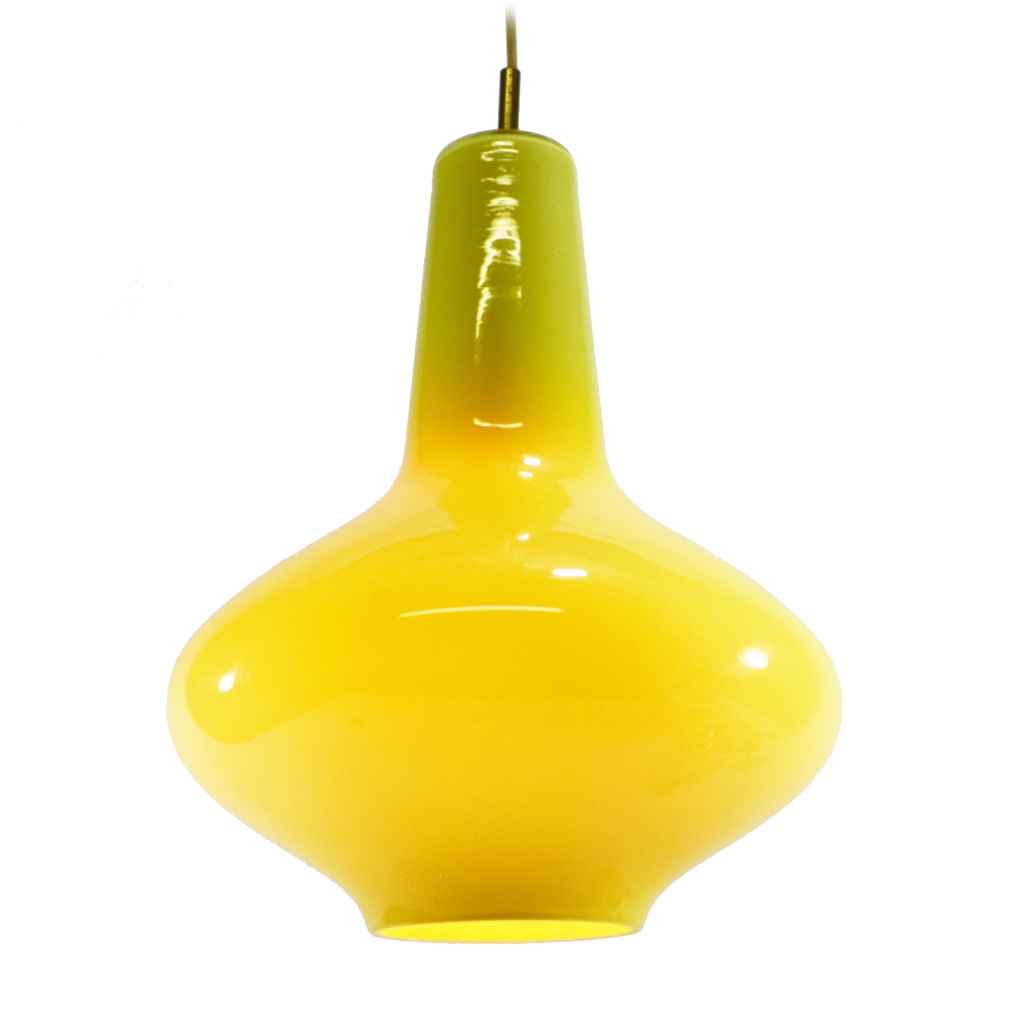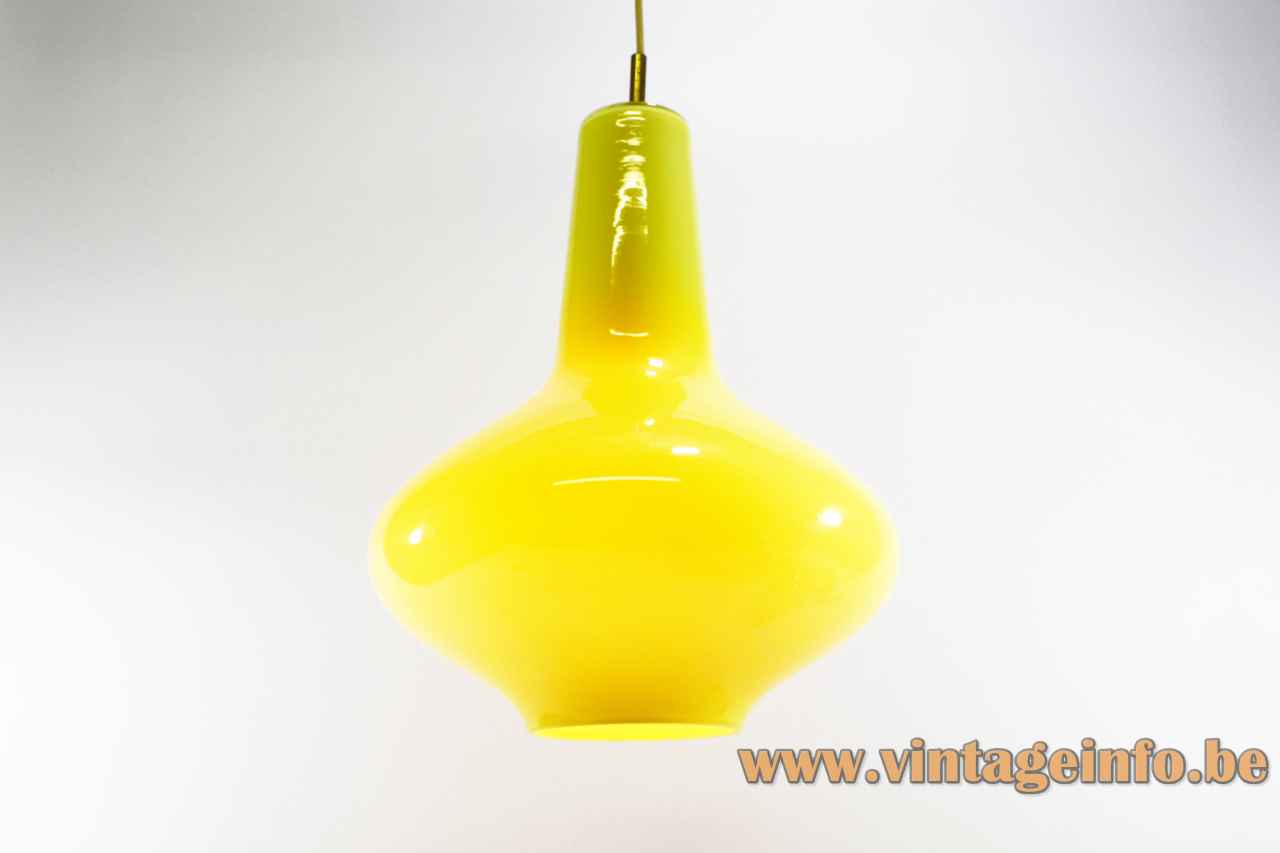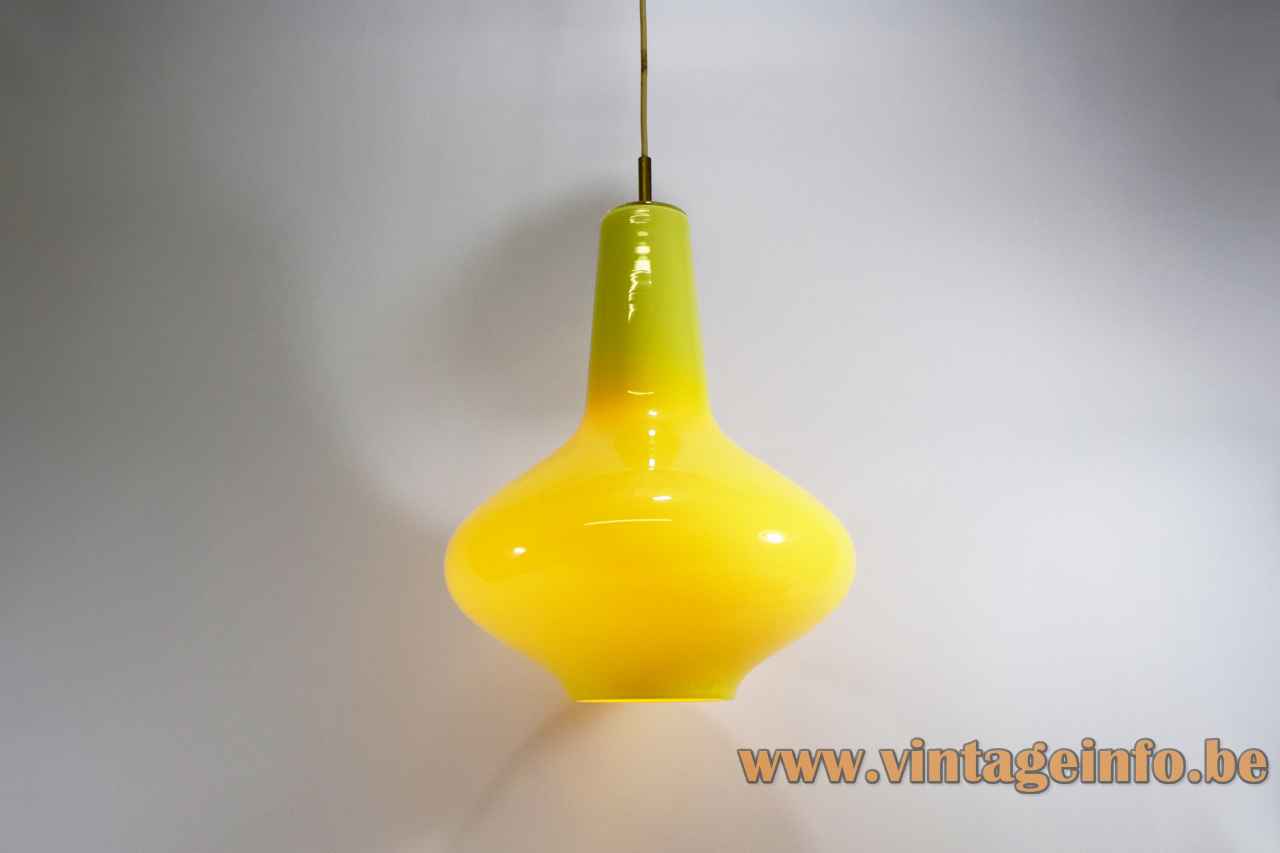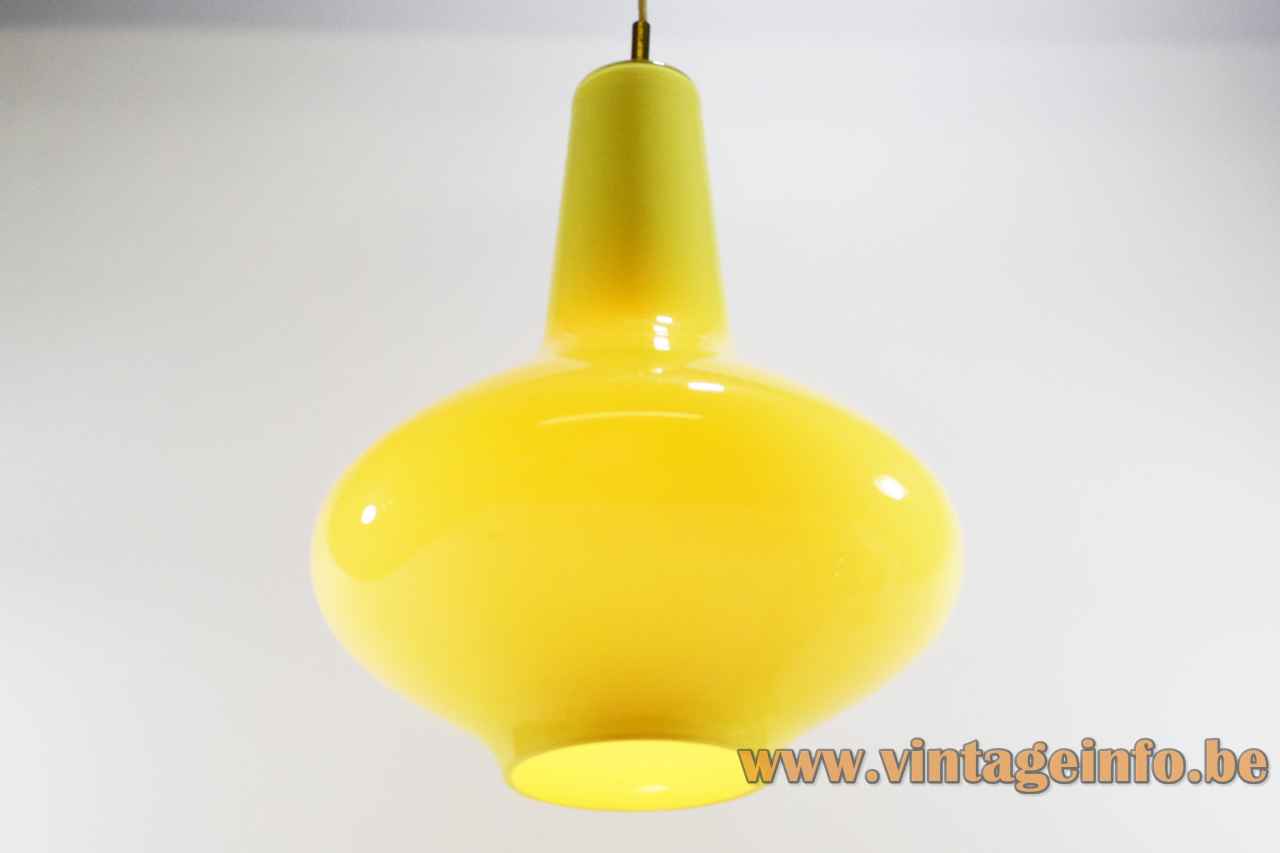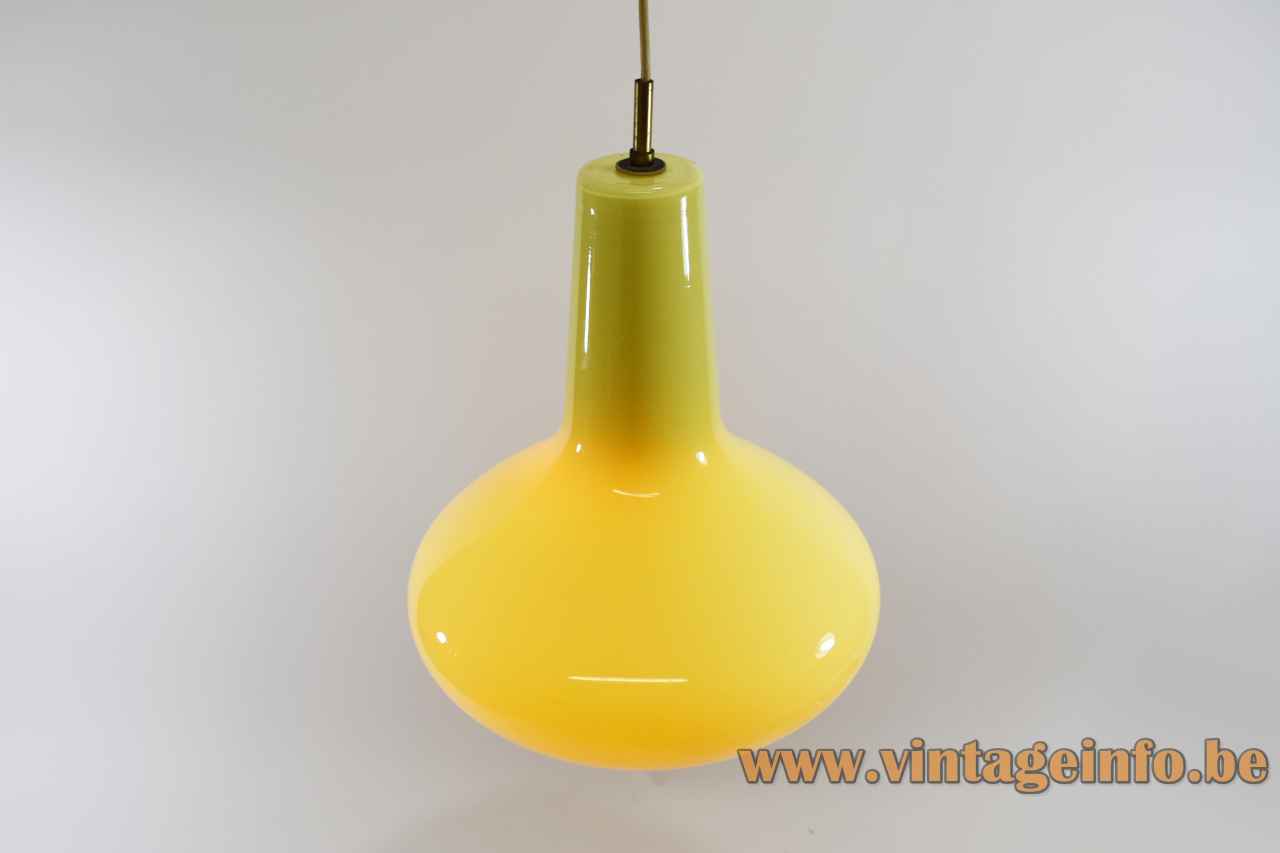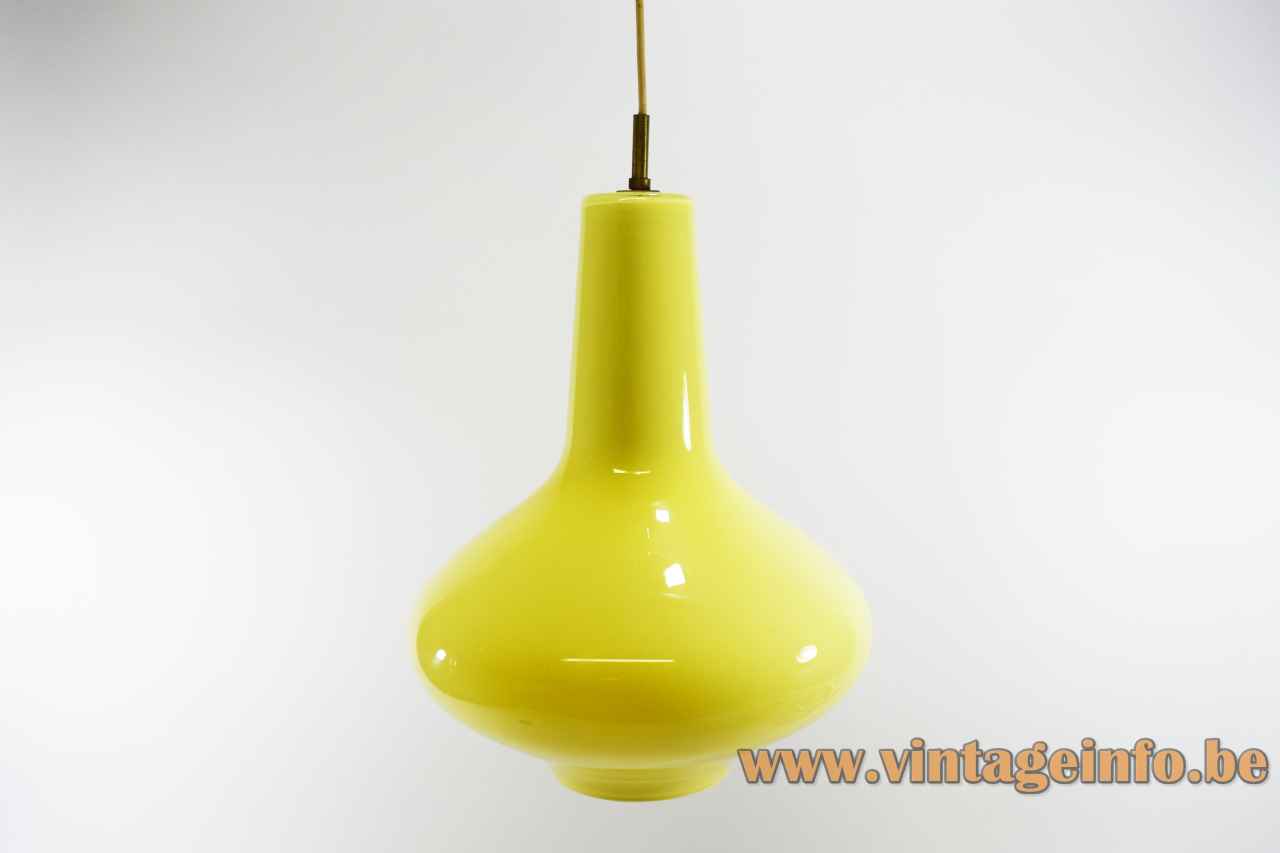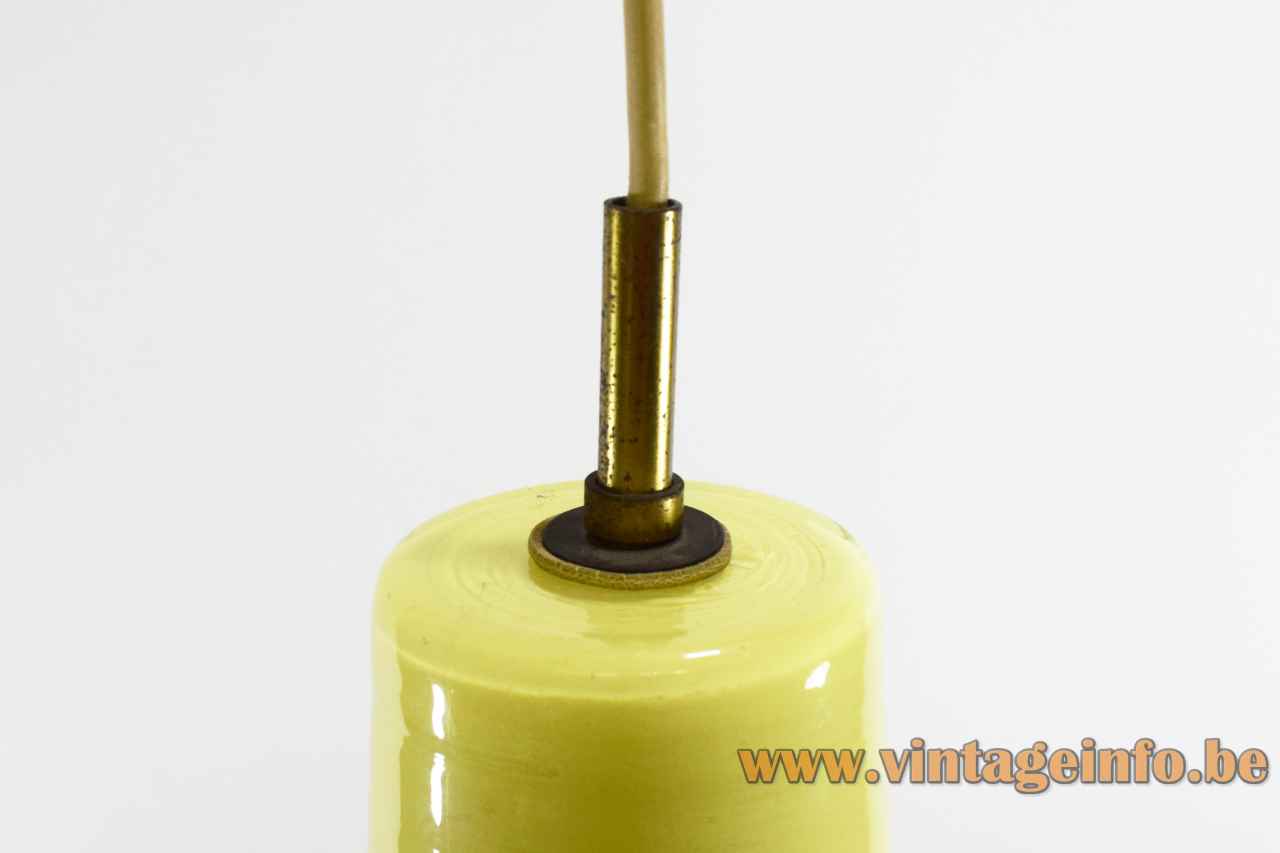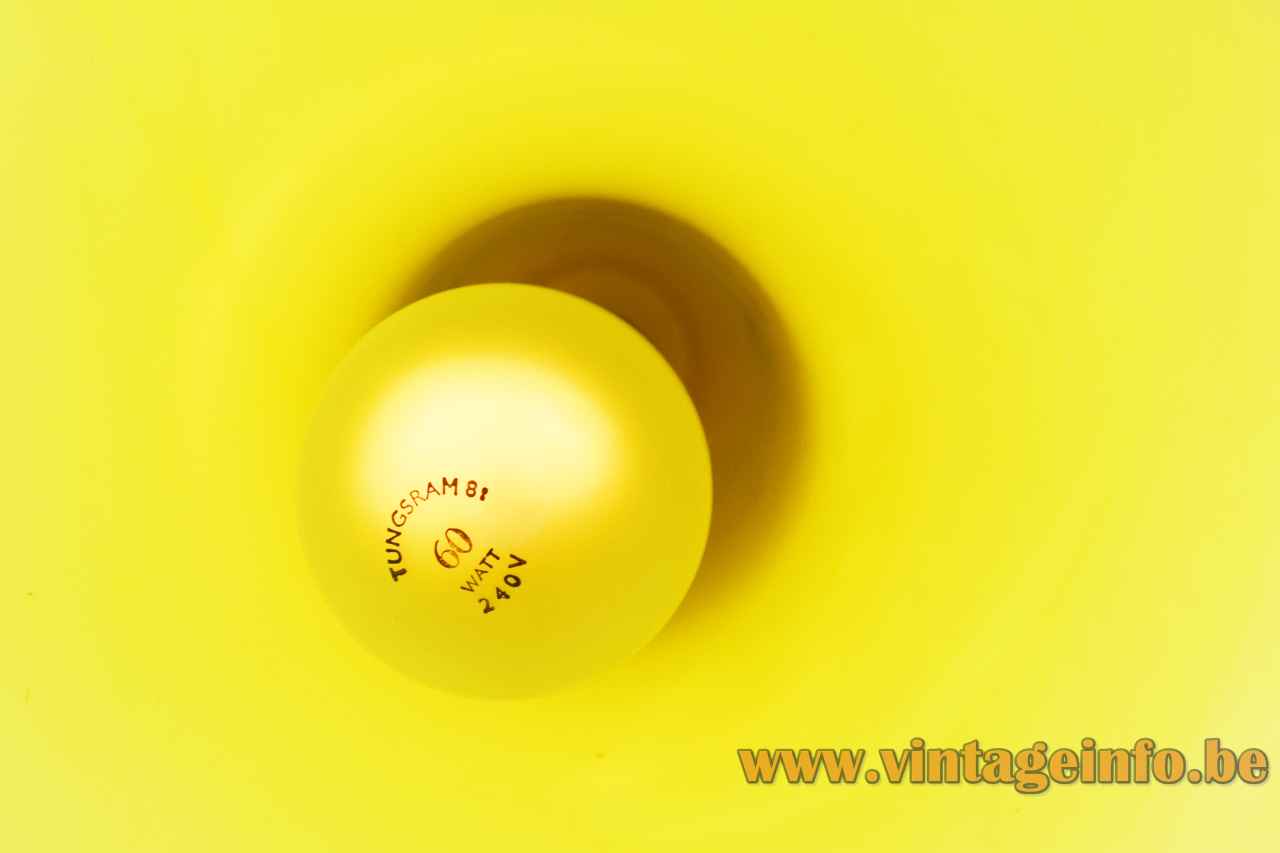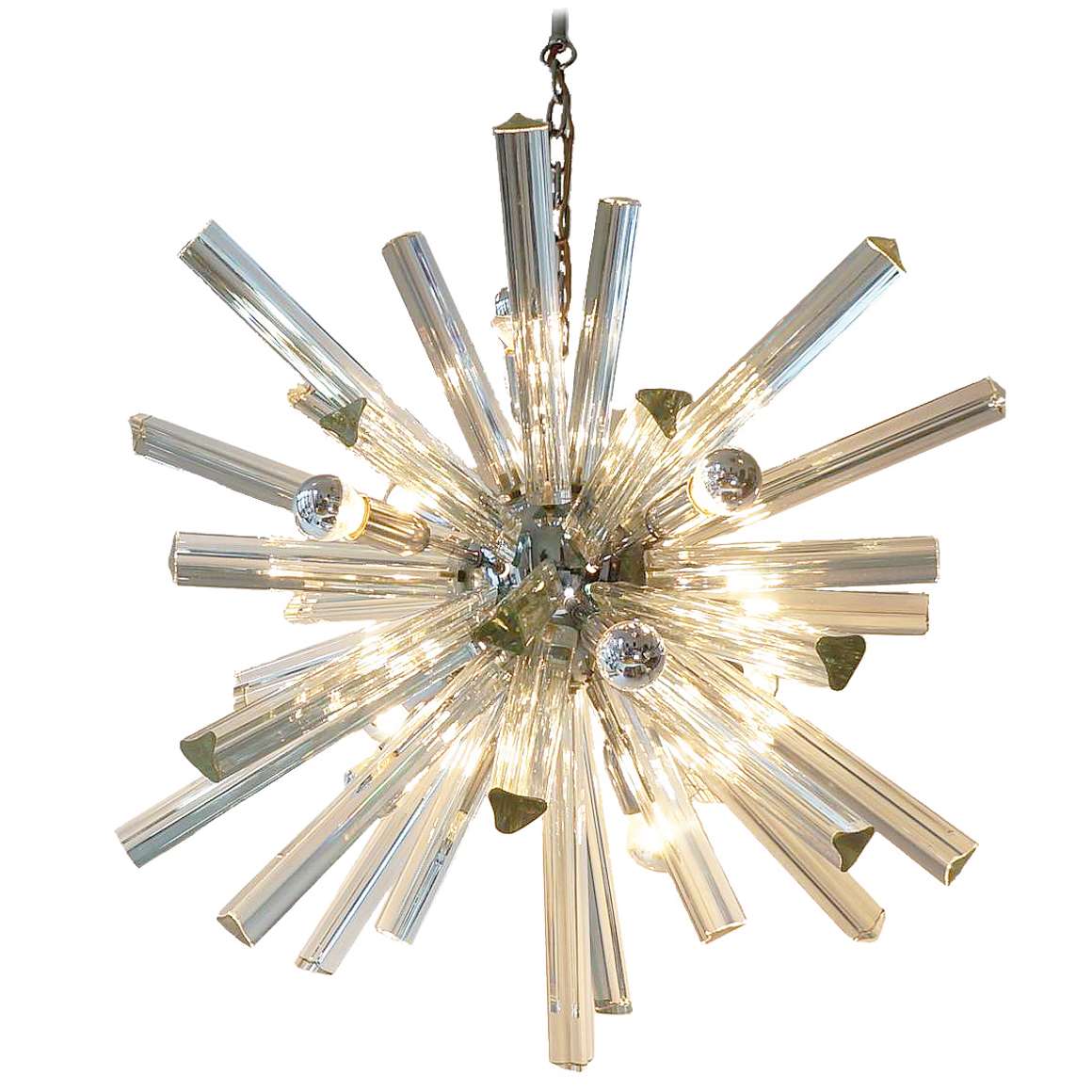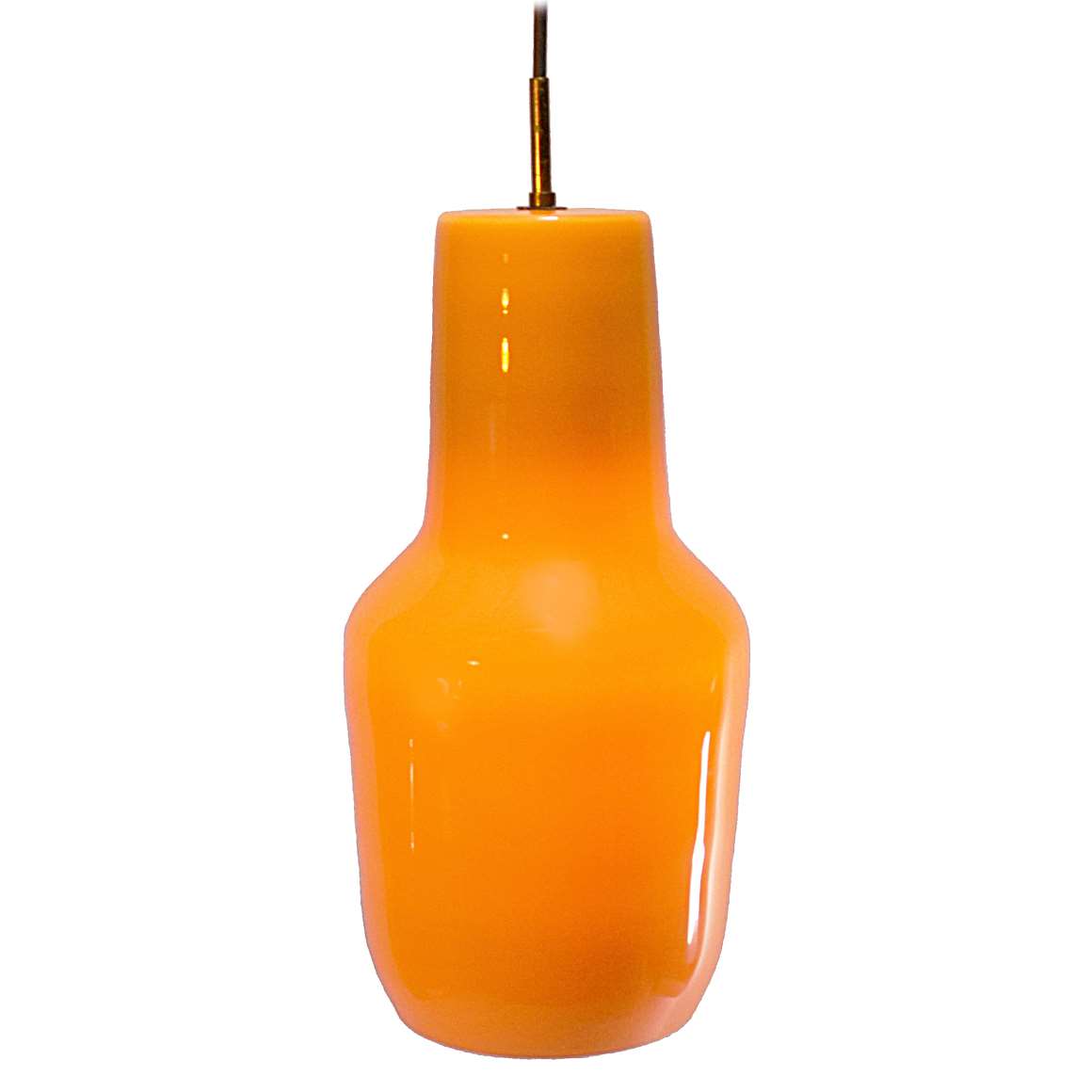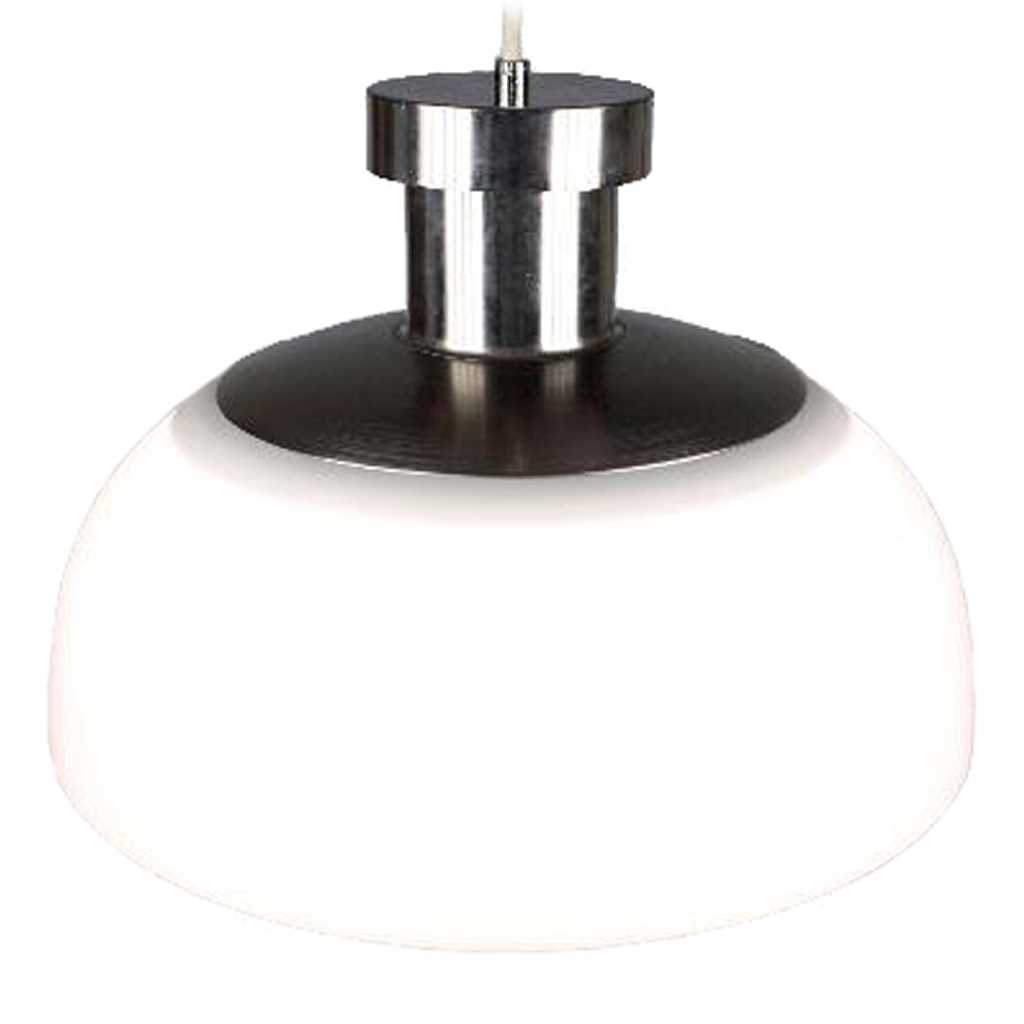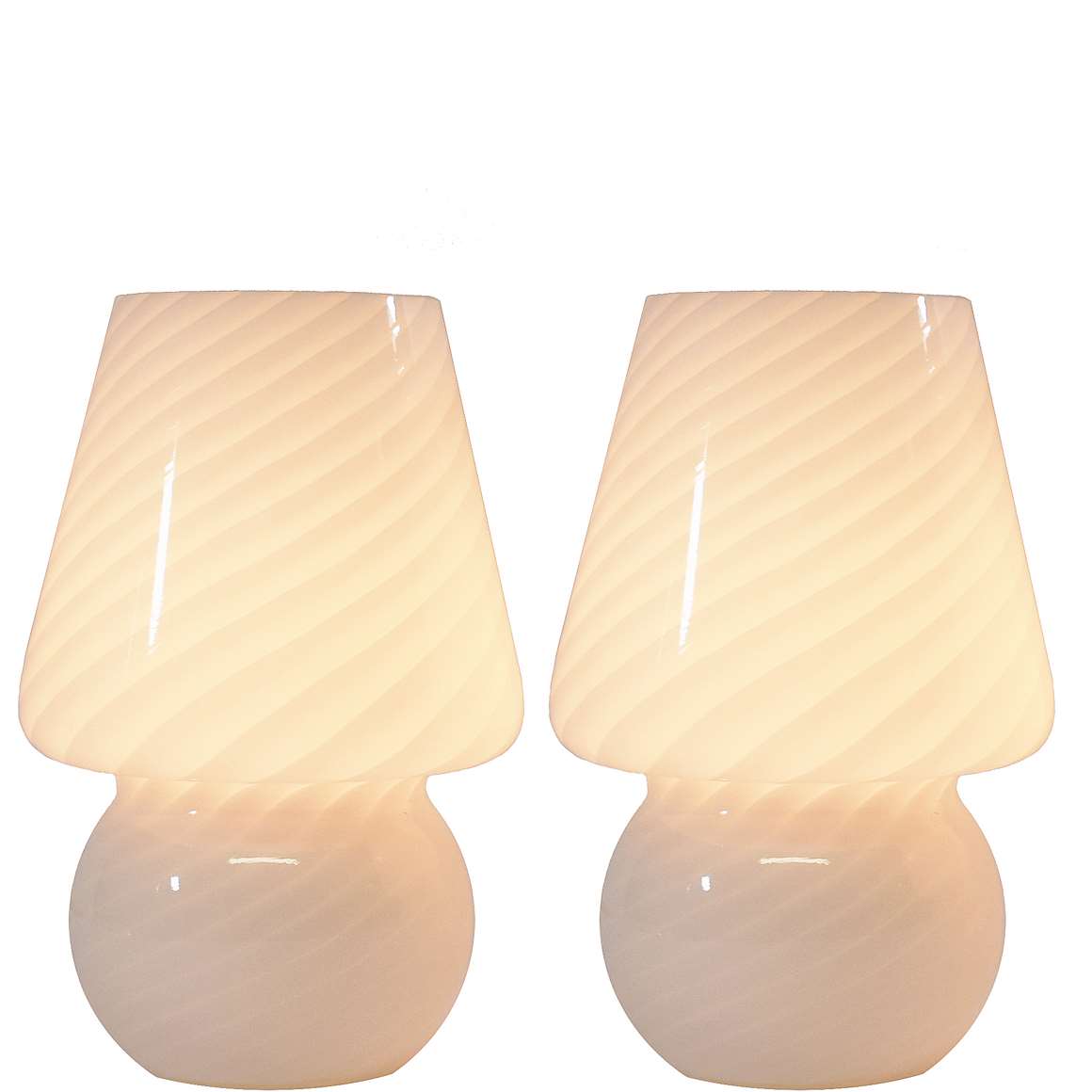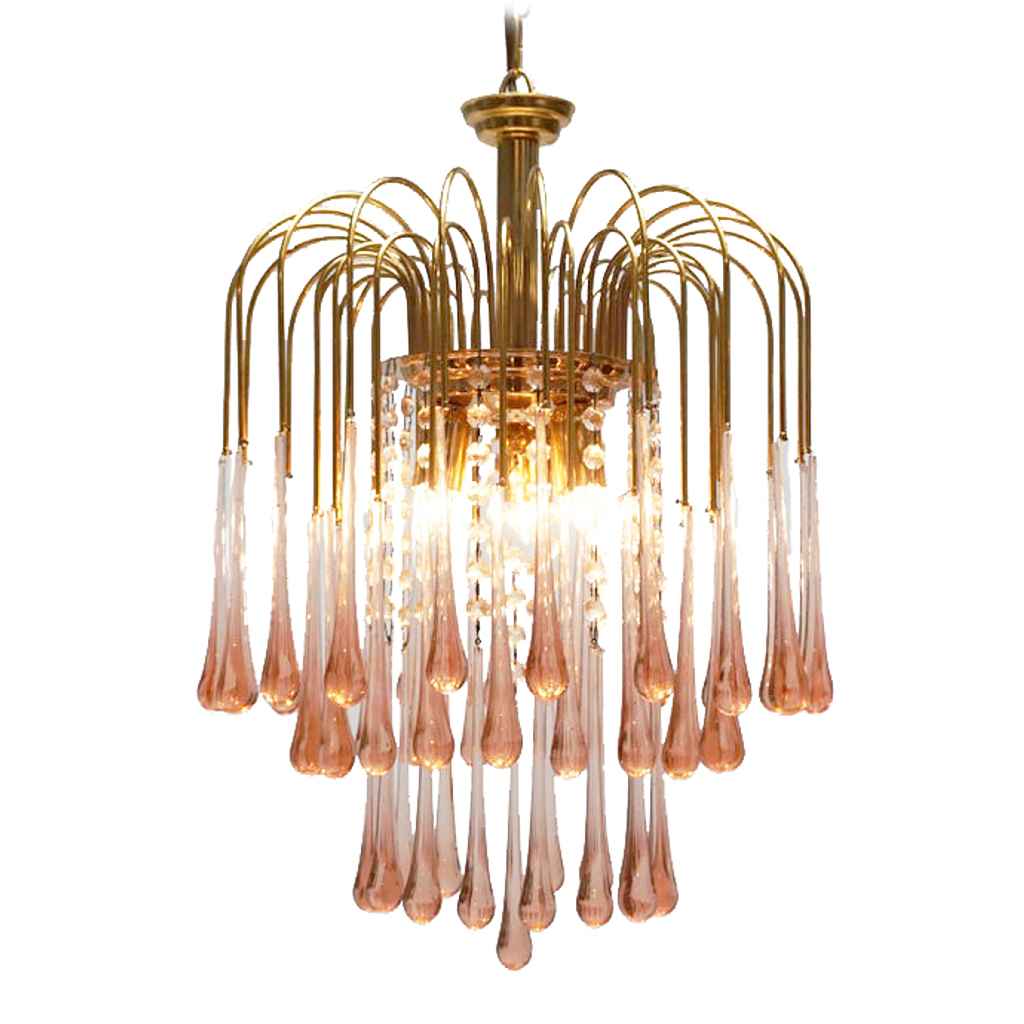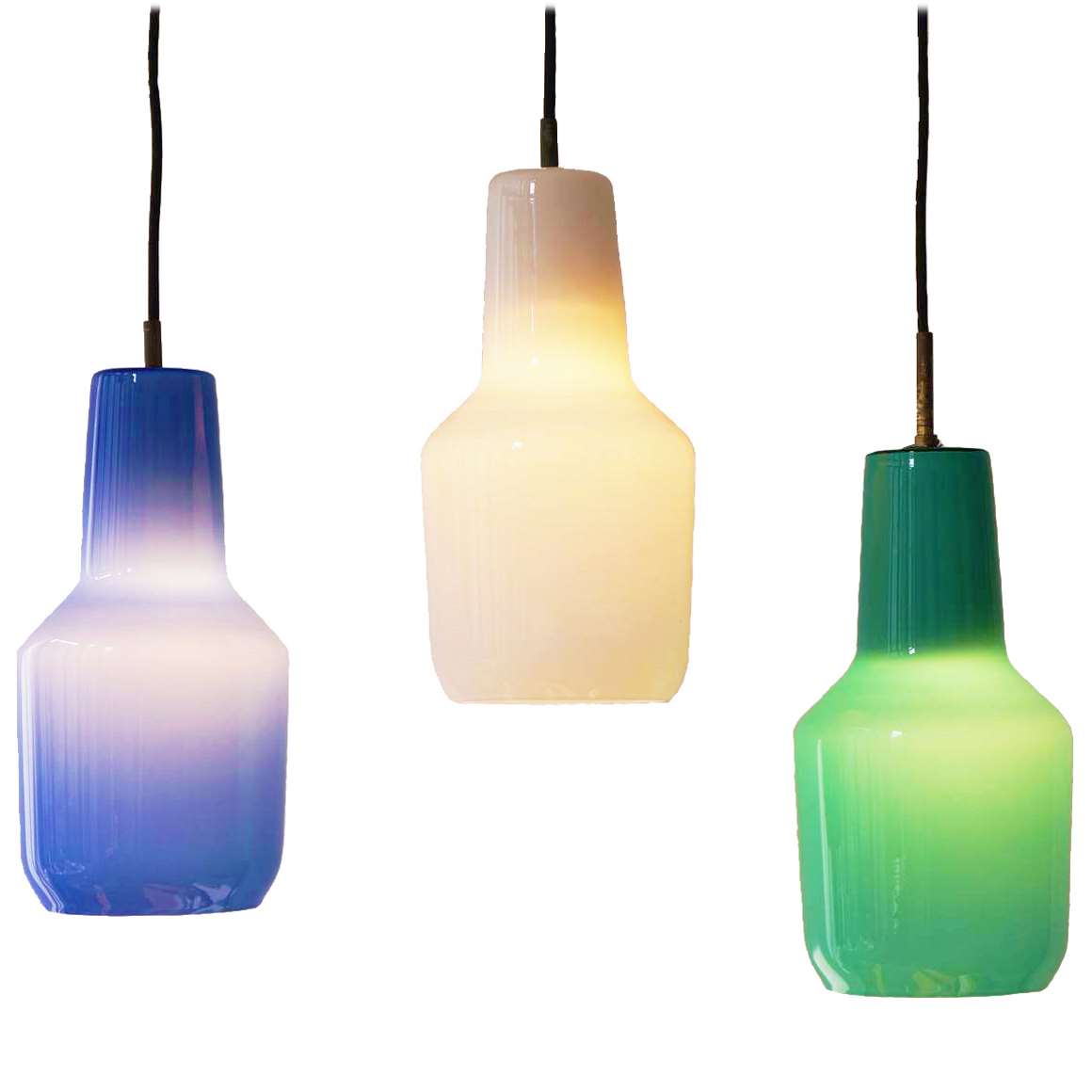Massimo Vignelli explains his 1972 New York Subway map and the controversy it caused
Interview with Massimo Vignelli
Massimo Vignelli Venini Murano Pendant Lamp
Materials: Round hand-blown crystal Murano glass lampshade. Brass tube & parts. Bakelite 27 socket.
Cord Length: 60 cm / 23.62’’
Height: 36 cm / 14.17”
Width: ∅ 28 cm / 11.02”
Electricity: 1 bulb E27, 1 x 60 watt maximum, 110/220 volt.
Any type of light bulb can be used. But preferably a white/opaque light bulb. It gives the best result with this type of lamps.
Period: 1950s, 1960s – Mid-Century Modern.
Designer: Massimo Vignelli (1931-2014).
Manufacturer:Venini, Fondamenta Vetrai, 50, Murano, Italy.
Other versions: This Massimo Vignelli Venini Murano pendant lamp exists in several sizes and colours.
This hand blown bright orange pendant was designed around 1955, early in Massimo Vignelli ’s career, when he lived in Venice.
Massimo Vignelli
Born in Milan, Italy, Massimo Vignelli was one of the greatest graphic designers of the 20th century. His most famous and controversial design was his 1972 subway map of New York which replaced geographical accuracy with geometric clarity.
Massimo Vignelli: “If you can design one thing, you can design everything”.
Venini
Paolo Venini (1895-1959), a Milanese lawyer, and Giacomo Cappellin (1887-1968), a Venetian antique dealer, founded Cappellin Venini & Co in 1921. Painter Vittorio Zecchin (1887-1948) became the artistic director.
After a few years the company was split in two and the company Vetri Soffiati Muranesi Venini & Co was founded. Napoleone Martinuzzi became the new artistic director. Martinuzzi brought innovation with the “pulegoso” glass. It is characterized by thousands of air bubbles. Carlo Scarpa and Paolo Venini presented some other new techniques, such as Battuti (Battuto), Granulari, Murrine and Tessuti.
Designers that worked for Venini are: Carlo Scarpa, Gio Ponti, Eugene Barman, Ken Scott, Banfi, Belgiojoso, Peressuti and Rogers, Fulvio Bianconi, Tobia Scarpa (son of Carlo. Toni Zuccheri, Tapio Wirkkala, Owe Thorssen, Brigitta Karlsson, Tina Aufiero, Gae Aulenti, Ettore Sottssass. Mario Bellini, Timo Sarpaneva, Fulvio Bianconi, Elena Cutolo, Giorgio Vigna. Emmanuel Babled, Rodolfo Dordoni, Monica Guggisberg, Alessandro Mendini, Philip Baldwin and many others.
The company still exists and they make the most beautiful glass art. Of course they have a distinguished shop on the San Marco Square (Piazza San Marco) in Venice: San Marco, 314 Piazzetta Leoncini.
Incamiciato: overlay lattimo glass (= milky looking glass) with a layer of transparent coloured glass.
Battuti: a hammered silver effect (honeycomb – battuto finish)
Granulari: ground glass effect.
Murrine: colored patterns or images made in a glass cane that are revealed when the cane is cut into thin cross-sections.
Tessuti: Fabric effect like drapery, often striped.
Links (external links open in a new window)
The Subway and the City: Massimo Vignelli, article on the MoMa website
Massimo Vignelli at the MoMa museum in New York
Glass blowing on Murano – Wikipedia
Glass Museum on the Murano Island
Vittorio Zecchin – Wikipedia (Italian)
Vintageinfo
Another Massimo Vignelli pendant lamp
Many thanks to Christophe from STAT in Aalst, Belgium for the photos.
